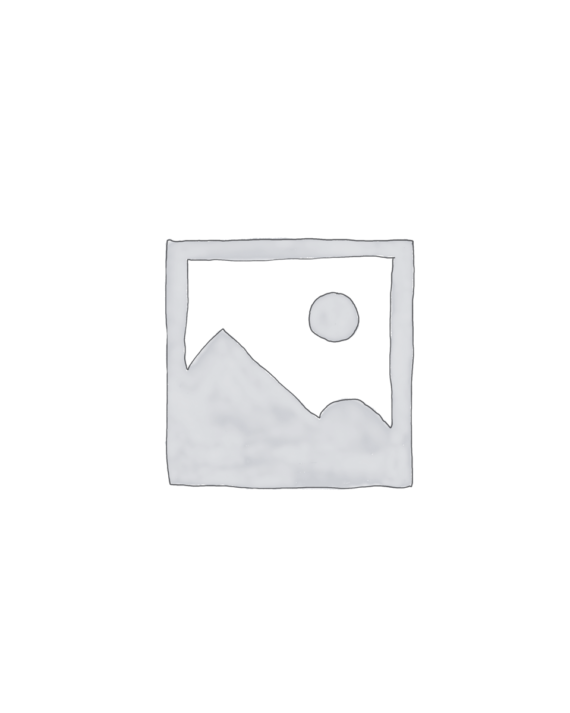Beyond Mimesis and Convention: Representation in Art and Science (Boston Studies in the Philosophy and History of Science)
Original price was: $124.00.$14.00Current price is: $14.00.
Beyond Mimesis and Convention: Representation in Art and Science (Boston Studies in the Philosophy and History of Science), Simone Rdder, 9789400732155
In stock
Representation is a concern crucial to the sciences and the arts alike. Scientists devote substantial time to devising and exploring representations of all kinds. From photographs and computer-generated images to diagrams, charts, and graphs; from scale models to abstract theories, representations are ubiquitous in, and central to, science. Likewise, after spending much of the twentieth century in proverbial exile as abstraction and Formalist aesthetics reigned supreme, representation has returned with a vengeance to contemporary visual art. Representational photography, video and ever-evolving forms of new media now figure prominently in the globalized art world, while this “return of the real” has re-energized problems of representation in the traditional media of painting and sculpture. If it ever really left, representation in the arts is certainly back. Central as they are to science and art, these representational concerns have been perceived as different in kind and as objects of separate intellectual traditions. Scientific modeling and theorizing have been topics of heated debate in twentieth century philosophy of science in the analytic tradition, while representation of the real and ideal has never moved far from the core humanist concerns of historians of Western art. Yet, both of these traditions have recently arrived at a similar impasse. Thinking about representation has polarized into oppositions between mimesis and convention. Advocates of mimesis understand some notion of mimicry (or similarity, resemblance or imitation) as the core of representation: something represents something else if, and only if, the former mimics the latter in some relevant way. Such mimetic views stand in stark contrast to conventionalist accounts of representation, which see voluntary and arbitrary stipulation as the core of representation. Occasional exceptions only serve to prove the rule that mimesis and convention govern current thinking about representation in both analytic philosophy of science and studies of visual art. This conjunction can hardly be dismissed as a matter of mere coincidence. In fact, researchers in philosophy of science and the history of art have increasingly found themselves trespassing into the domain of the other community, pilfering ideas and approaches to representation. Cognizant of the limitations of the accounts of representation available within the field, philosophers of science have begun to look outward toward the rich traditions of thinking about representation in the visual and literary arts. Simultaneously, scholars in art history and affiliated fields like visual studies have come to see images generated in scientific contexts as not merely interesting illustrations derived from “high art”, but as sophisticated visualization techniques that dynamically challenge our received conceptions of representation and aesthetics. “Beyond Mimesis and Convention: Representation in Art and Science” is motivated by the conviction that we students of the sciences and arts are best served by confronting our mutual impasse and by recognizing the shared concerns that have necessitated our covert acts of kleptomania. Drawing leading contributors from the philosophy of science, the philosophy of literature, art history and visual studies, our volume takes its brief from our title. That is, these essays aim to put the evidence of science and of art to work in thinking about representation by offering third (or fourth, or fifth) ways beyond mimesis and convention. In so doing, our contributors explore a range of topics-fictionalism, exemplification, neuroaesthetics, approximate truth-that build upon and depart from ongoing conversations in philosophy of science and studies of visual art in ways that will be of interest to both interpretive communities. To put these contribution Preface Introduction – Roman Frigg and Matthew Hunter, ‘Beyond Mimesis and Convention: Representation in Art and Science’ 1) Catherine Z. Elgin, ‘Telling Instances’ 2) Nancy Cartwright, ‘Models: Parables v Fables’ 3) Anjan Chakravartty, ‘Truth and Representation in Science: Two Inspirations from Art’ 4) David Davies, ‘Learning through Fictional Narratives in Art and Science’ 5) Adam Toon, ‘Models as Make-Believe’ 6) Roman Frigg, ‘Fiction and Scientific Representation’ 7) Manuel Garca-Carpintero, ‘Fictional Entities, Theoretical Models and Figurative Truth’ 8) James Elkins, ‘Visual Practices Across the University’ 9) Matthew Hunter, ‘Experiment, Theory, Representation: Robert Hooke’s Material Models’ 10) Dawna Schuld, ‘Lost in Space: Consciousness and Experiment in the Work of Irwin and Turrell’ 11) John Hyman, ‘Art and Neuroscience’ Index
| ISBN | |
|---|---|
| Page Number | |
| Author | |
| Publisher |
